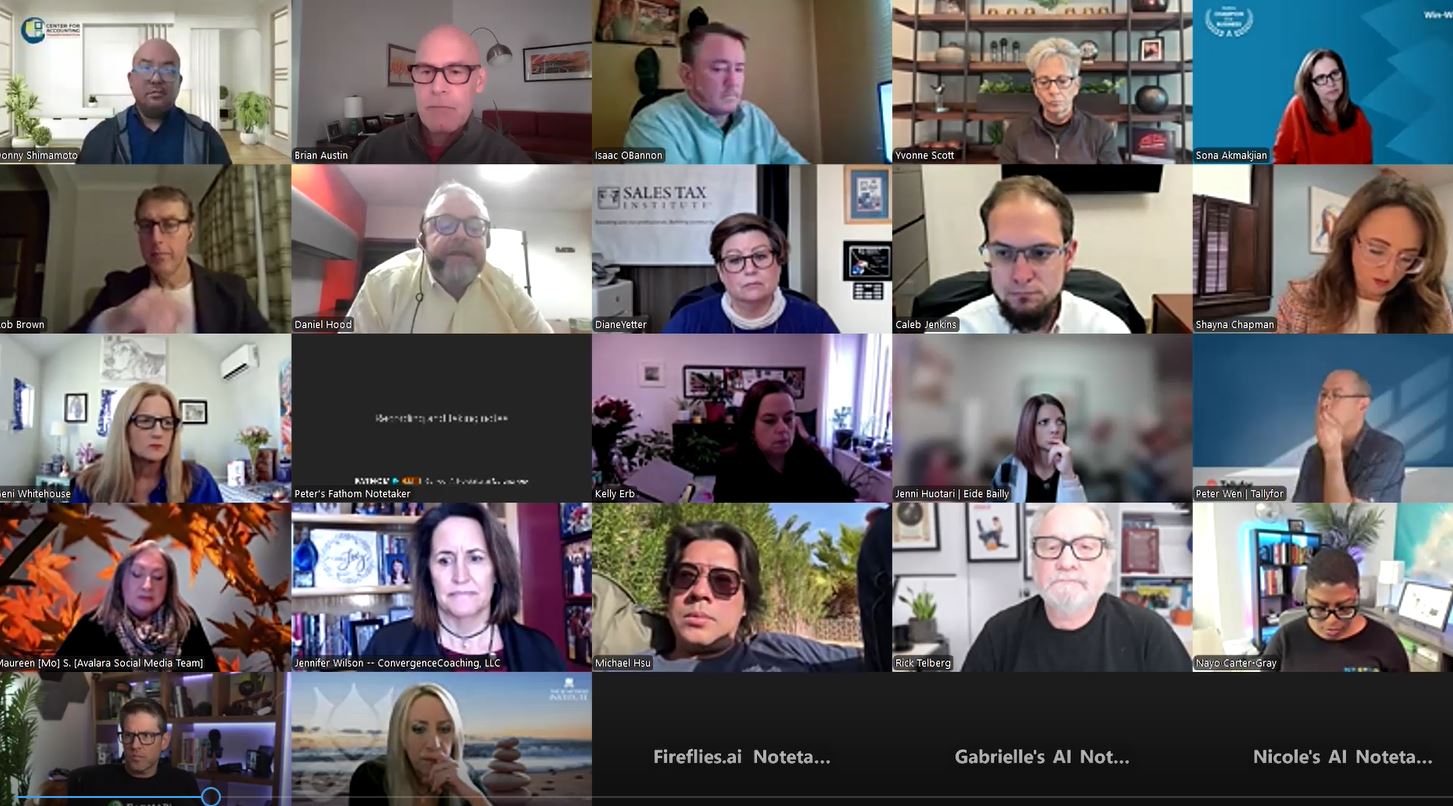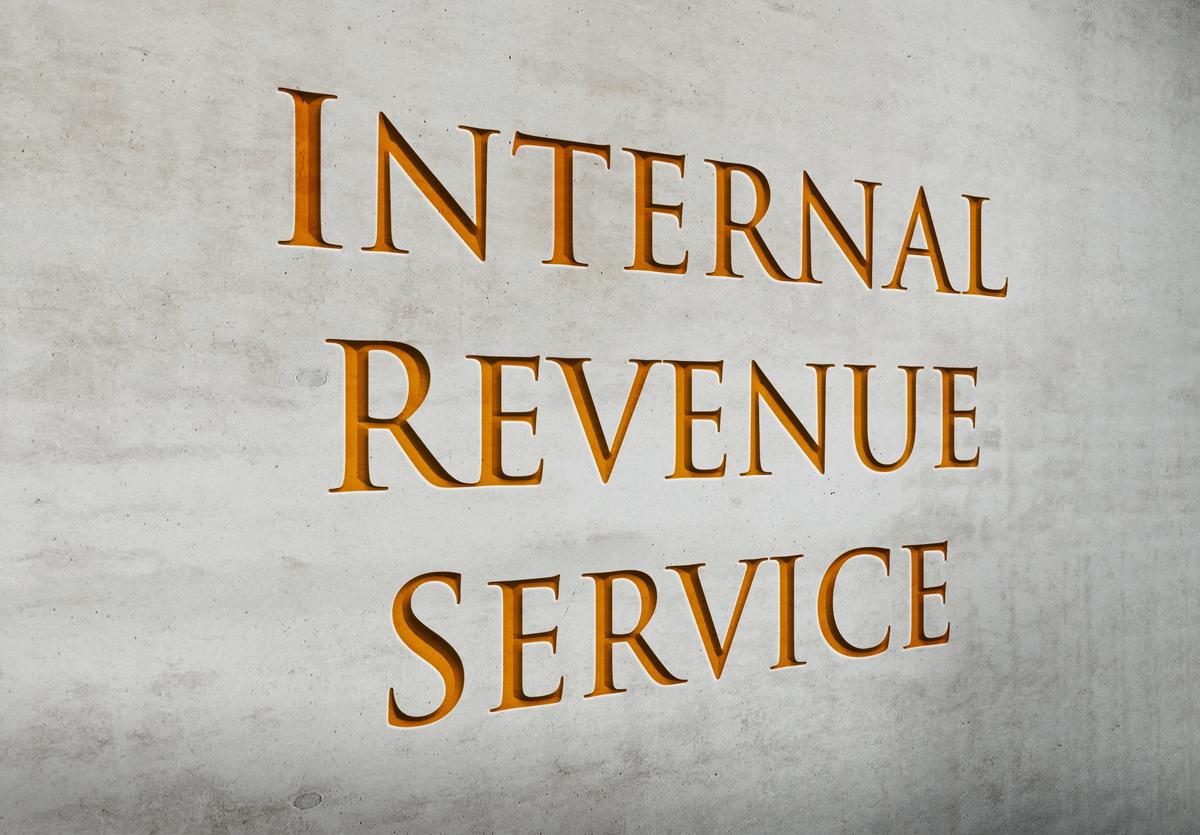Pending home sales were mostly unchanged in October, but shifted marginally higher after two straight months of declines, according to the National Association of Realtors®. Gains in the Northeast and West were offset by declines in the Midwest and South.
The Pending Home Sales Index inched 0.2 percent to 107.7 in October from an upwardly revised 107.5 in September and is now 3.9 percent above October 2014 (103.7). The index has increased year-over-year for 14 consecutive months.
Lawrence Yun, NAR chief economist, says pending sales have plateaued this fall as buyers struggle to overcome a scant number of available homes for sale and prices that are rising too fast in some markets. “Contract signings in October made the most strides in the Northeast, which hasn’t seen much of the drastic price appreciation1 and supply constraints that are occurring in other parts of the country,” he said. “In the most competitive metro areas – particularly those in the South and West – affordability concerns remain heightened as low inventory continues to drive up prices.”
According to Yun, although contract activity has slightly trended downward since the spring, the ongoing strengthening of several local job markets continues to fuel the improved demand for buying that has now pushed existing-sales above a 5 million sales pace for eight consecutive months.
“Areas that are heavily reliant on oil-related jobs are the exception and have already started to see some softness in sales because of declining energy prices,” adds Yun.
Yun presented his 2016 economic outlook and housing forecast earlier this month at the 2015 REALTORS® Conference & Expo in San Diego. With demand expected to remain stable through the final two months of the year, he forecasts existing-home sales to finish 2015 at a pace of 5.30 million – the highest since 2006.
Although further expansion in existing-sales is expected next year, ongoing inventory shortages and affordability pressures from rising prices and mortgage rates will likely temper sales growth to around 3 percent (5.45 million) in 2016. Home prices are expected to slightly moderate from a 6 percent increase in 2015 to 5 percent next year.
“Unless sizeable supply gains occur for new and existing homes, prices and rents will continue to exceed wages into next year and hamstring a large pool of potential buyers trying to buy a home,” says Yun.
The PHSI in the Northeast rose 4.5 percent to 93.6 in October, and is now 6.8 percent above a year ago. In the Midwest the index declined 1.0 percent to 103.9 in October, but remains 3.3 percent above October 2014.
Pending home sales in the South decreased 1.7 percent to an index of 118.1 in October and are now 0.3 percent below last October. The index in the West climbed 1.7 percent in October to 106.2, and is 10.4 percent above a year ago.
The National Association of Realtors®, “The Voice for Real Estate,” is America’s largest trade association, representing 1 million members involved in all aspects of the residential and commercial real estate industries.
The median home price in the Northeast in October was $248,900, up only 1.3 percent from a year ago. The other three major regions had price gains higher than 5 percent.
The Pending Home Sales Index is a leading indicator for the housing sector, based on pending sales of existing homes. A sale is listed as pending when the contract has been signed but the transaction has not closed, though the sale usually is finalized within one or two months of signing.
The index is based on a large national sample, typically representing about 20 percent of transactions for existing-home sales. In developing the model for the index, it was demonstrated that the level of monthly sales-contract activity parallels the level of closed existing-home sales in the following two months.
An index of 100 is equal to the average level of contract activity during 2001, which was the first year to be examined. By coincidence, the volume of existing-home sales in 2001 fell within the range of 5.0 to 5.5 million, which is considered normal for the current U.S. population.
Thanks for reading CPA Practice Advisor!
Subscribe Already registered? Log In
Need more information? Read the FAQs
Tags: Accounting, Small Business

![gavel1_11537663[1]](https://www.cpapracticeadvisor.com/wp-content/uploads/2020/03/gavel1_11537663_1_.5e6a69aa237a8.png)

